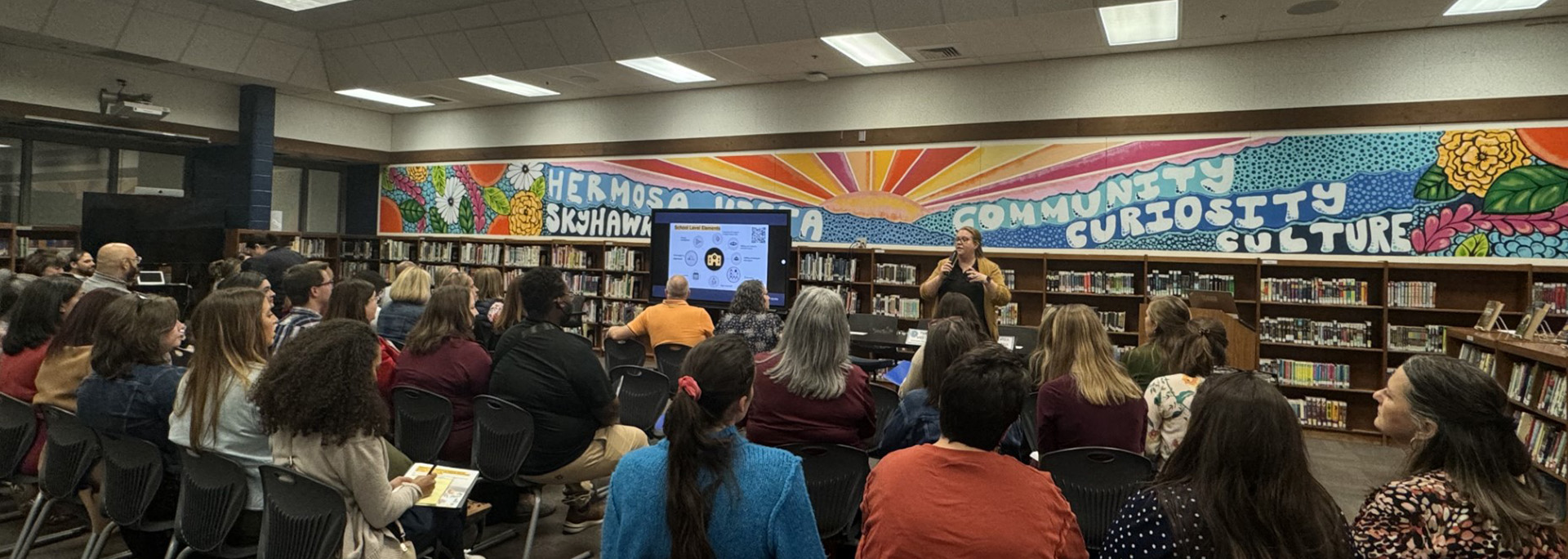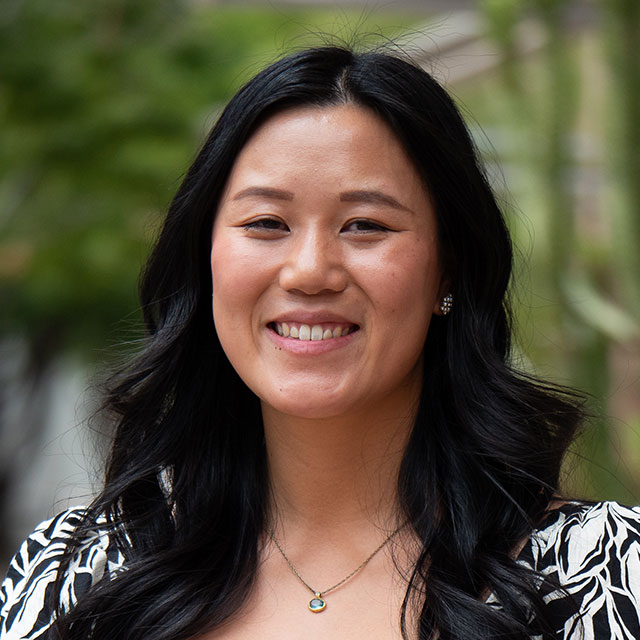A radiant sunrise painted in pink, orange and yellow hues stretches across the wall in the library of Hermosa Vista Elementary School. Painted in large white letters against the blue silhouette of the Arizona mountains are the words community, curiosity and culture — three defining characteristics of the school’s “why” for launching team-based staffing models in 2022-23.
Brittany Hughes, a kindergarten teacher from Royal Ridge Elementary School in San Antonio, Texas, sat in rapt attention as students, educators, the principal and a parent spoke about how team-based models have changed the Dual Language Immersion school for the better.
Principal Heather Horne began studying teaming in graduate school at Arizona State University and saw team-based models as a way to bring educators, students and families together.
“Through teams, we really want to create a sense of belonging and community, ensuring equitable access to teachers, to resources, to the programs and to one another,” Horne said.
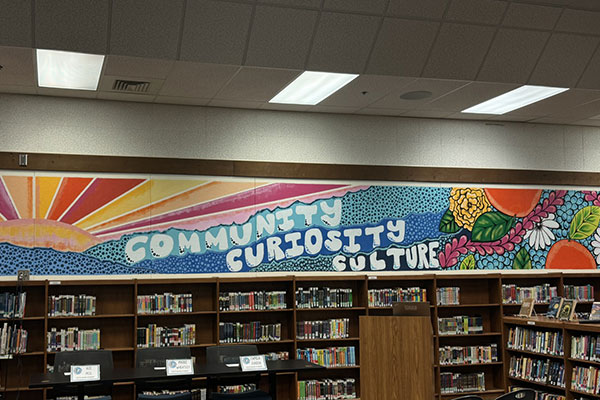
As Hughes walked through the K-5 school, she observed that work in action, including teachers working together to help students who may be struggling in real-time and the newly remodeled kindergarten learning space, which utilizes sliding glass doors that can be opened or closed based on the lesson.
“Oh my gosh, I was in heaven when I walked into that kindergarten room,” Hughes said. “Their classroom setup was amazing — I was completely blown away.”
Upon returning to Texas, Hughes will return to her kindergarten classroom and begin preparing to teach in a team-based model. Next year Hughes will teach 3rd grade, which is the planned pilot grade level for her school’s first team-based model. Although she’s a relatively new teacher, she said she was chosen to be on a team because she is always willing to try something new and is excited about the possibilities of teaming for her students.
“Education needs to change, and I want to be a part of that change,” Hughes said. “We are always saying that we’re preparing kids for the future and to be better leaders, but if we are constantly implementing the same model, we cannot prepare them for the future because the future is always changing.”
Hughes was one of nearly 70 other educators and school and system leaders who attended one of the Next Education Workforce™ initiative’s Site Visits last month and one of a growing number of out-of-state, and even out-of-country, educational innovators coming to Arizona to see team-based strategic school staffing models in action. And the reason they can come see these models in action can be attributed largely to one Arizona district that decided to take a big step forward in transforming how it supports its students and educators.
We are always saying that we’re preparing kids for the future and to be better leaders, but if we are constantly implementing the same model, we cannot prepare them for the future because the future is always changing.
Brittany Hughes
A partnership with a long-lasting legacy
While most school and system leaders were trying to make sense of a vastly changed landscape in 2020, Andi Fourlis, the then-relatively new Superintendent of Mesa Public Schools, launched team-based models within her district. The decision didn’t happen overnight, however, and took months of planning and stakeholder engagement that has grown and deepened over time.
A year prior, she was the Deputy Superintendent responsible for Education Services and led a robust strategic planning process that took a hard look at student progress and outcomes. Fourlis worked with students and their families, staff, community members and business partners to answer one question that had many answers: “When students graduate from Mesa Public Schools, what is it that they need to know and need to be able to do?”
“They gave us a laundry list; they wanted them to be ethical, to be inclusive, to be resilient, to be communicators, community contributors. They wanted them to be innovators and problem solvers. … Specifically, our parents wanted their children to graduate understanding and knowing how to collaborate,” Fourlis shared during Next Education Workforce Virtual Site Visits, an online, video-based version of in-person site visits. “And so collaboration really became the key to drive the conversations around teaming.”
As the Leadership Coach for the Next Education Workforce in Mesa Public Schools, Krista Adams works closely with school leaders, instructional leadership teams and district departments as they transition from a one-teacher, one-classroom model to teams. Adams has seen the district’s evolution and growth over the years.
What began with a handful of teams across three schools has since expanded to 105 teams across 23 schools within the district, serving almost 12,500 students.
“Mesa Public Schools’ implementation of team-based models reflects a profound commitment to our MPS Promise — that every child is known by name, served by strength and need and graduates ready for college, career and community,” Adams said. “Mesa Public Schools has made significant strides in the development of team-based models over time, deepening the complexity and effectiveness of these structures. … While this work is still in its early stages, it represents a culmination of collaborative efforts, resource alignment and strategic planning to create a system that delivers on our promise.”
Four of those schools — Mountain View and Westwood high schools and Hermosa Vista and Stevenson elementary schools — were stops at the November Site Visits.
Adams is quick to credit Fourlis, and Assistant Superintendent Randy Mahlerwein, as a steadfast champion of Next Education Workforce models, not only in preparing the schools to launch team-based strategic staffing models but in her continued advocacy of the approach.
“Superintendent Fourlis has been deeply committed to creating working conditions that attract and retain the best teachers, ensuring the success and sustainability of this work,” Adams shared. “She advocates for the work by visiting schools, listening to and sharing stories, aligning resources, paving the way and removing barriers to support principals and educators. Her support extends beyond the district to the state and national levels, where she serves as an influential voice for educational innovation. She actively attends school visits, celebrates the work and encourages leaders and educators striving for innovative change.”
Learning how to do school differently
At another Mesa school, Drew LaCroix walks through the hallways of Mountain View High School, walls plastered with posters in blue and scarlet emphasizing the school’s Toro spirit. The school, explains Assistant Principal of Teaching and Learning Richard Long and Dean of Academic Innovation Marci Lang, began teaming with three 9th-grade teams in the 2022-23 school year. Two years later, every 9th-grade student is served by an educator team.
While seeing teams in action was a new concept to a handful of LaCroix’s fellow attendees, it was not new to him. In fact, teams of educators were currently teaching students at East Middle School in Farmington Hills, Michigan, 2,000 miles away, where LaCroix is the principal.
“[I came] to gauge where we’re currently at, what we’re doing well, maybe some stuff we could take forward,” LaCroix said. “A big takeaway for me was to listen to secondary teachers talk about interdisciplinary planning … and a mindset of kids over content, which I’ve been saying to my staff for years.”
Teams launched at East Middle School in 6th grade two years ago and were expanded to 7th and 8th grade last year. LaCroix said that the teams, which are made up of core class educators, have been mostly well-received by students, parents and educators alike — creating “way more lifelines” for middle schoolers who are learning to navigate a huge season of transition.
However, that isn’t to say there haven’t been any challenges. Similar to the roadblocks Mountain View has experienced in building up teams, LaCroix said the most difficult aspect of teaming is to identify the people willing to take a risk to do something they’ve never done but also be willing to be honest and have tough conversations about challenging team dynamics.
“It’s all about that culture of being willing to be reflective,” LaCroix said. “It’s just that constant, constant work.”
Rhonda Henry, the principal of Longacre Elementary School within LaCroix’s district, was first introduced to team-based staffing models when she read “The Next Education Workforce: How Team-Based Staffing Models Can Support Equity and Improve Learning Outcomes” book. She later attended the ASU+GSV Summit in San Diego and heard Next Education Workforce Executive Director Brent Maddin speak at a breakout session. This year, she launched a co-teaching model in 4th grade and is hoping to expand teams at her elementary school next year.
Teaching in conventional one-teacher, one-classroom models is not sustainable. It’s not sustainable to meet the needs of all learners nor for the joy of the teaching profession. Next Education Workforce models are about bringing the joy back into the profession and ensuring equitable learning outcomes.
Rhonda Henry
Seeing the different team-based models at Hermosa Vista and Stevenson elementary schools was inspiring to Henry, who loved seeing both the infrastructure changes the schools made and how the teams functioned.
“It was neat to actually conceptualize and visualize [infrastructure changes] and then be able to think how that could work at my school,” Henry said. “I also found it really neat to see how each school has a different way of implementing teaming [and] how each team has a unique way of implementing … based on the teacher’s area of expertise on that team. So there’s a lot of autonomy [in teams] that I saw and heard.”
As a principal for 10 years and a student program coordinator and instructional coach for many years before that, Henry said that she’s seen firsthand how the job of elementary educators has gotten harder every year. She wants to change that for her teachers.
“Teaching in conventional one-teacher, one-classroom models is not sustainable. It’s not sustainable to meet the needs of all learners nor for the joy of the teaching profession,” Henry shared. “Next Education Workforce models are about bringing the joy back into the profession and ensuring equitable learning outcomes.”
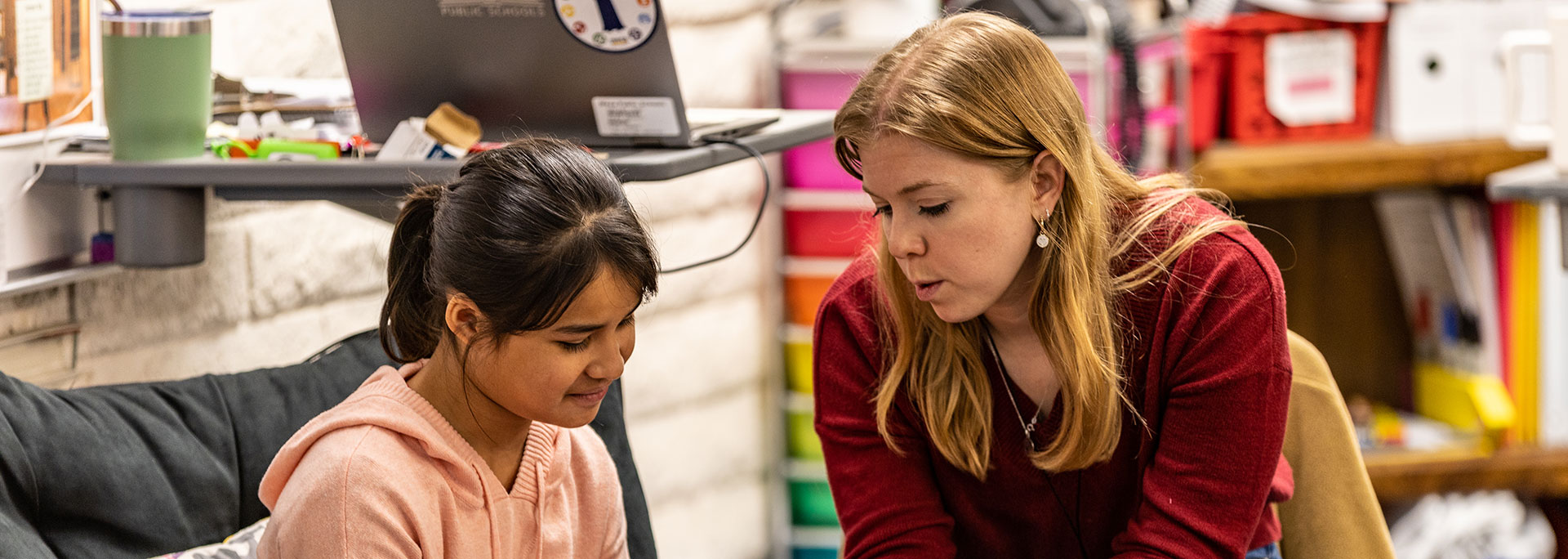
Stevenson Elementary School
Stevenson Elementary School leverages inquiry learning approaches to ignite students’ curiosity and build their agency.
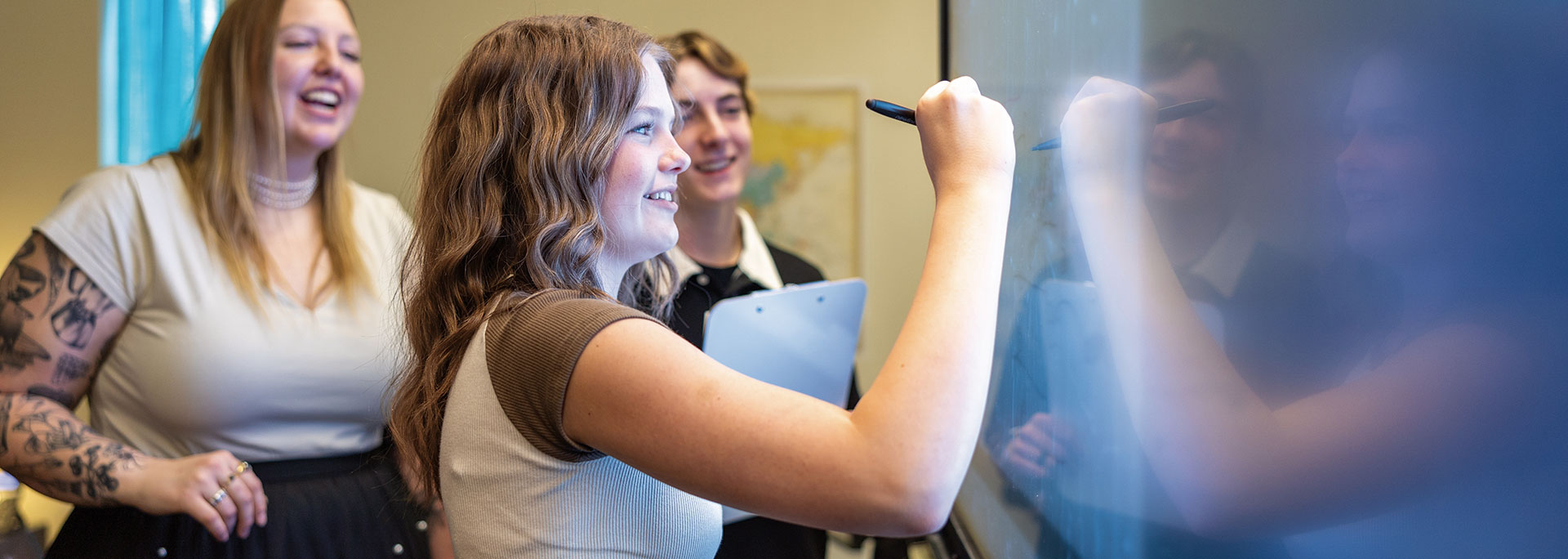
Westwood High School
Each core team at Westwood High School consists of four educators, with additional team members depending on students' needs.
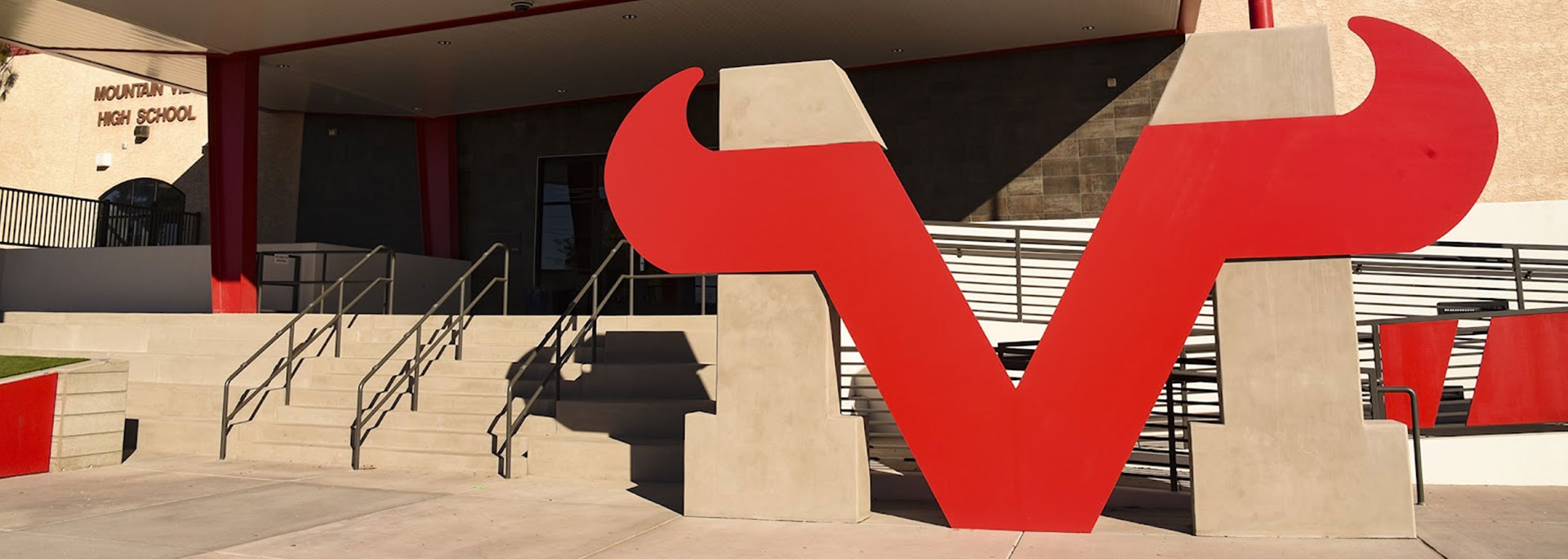
Mountain View High School
Mountain View High School leverages teams to create high-quality, interdisciplinary student experiences.


